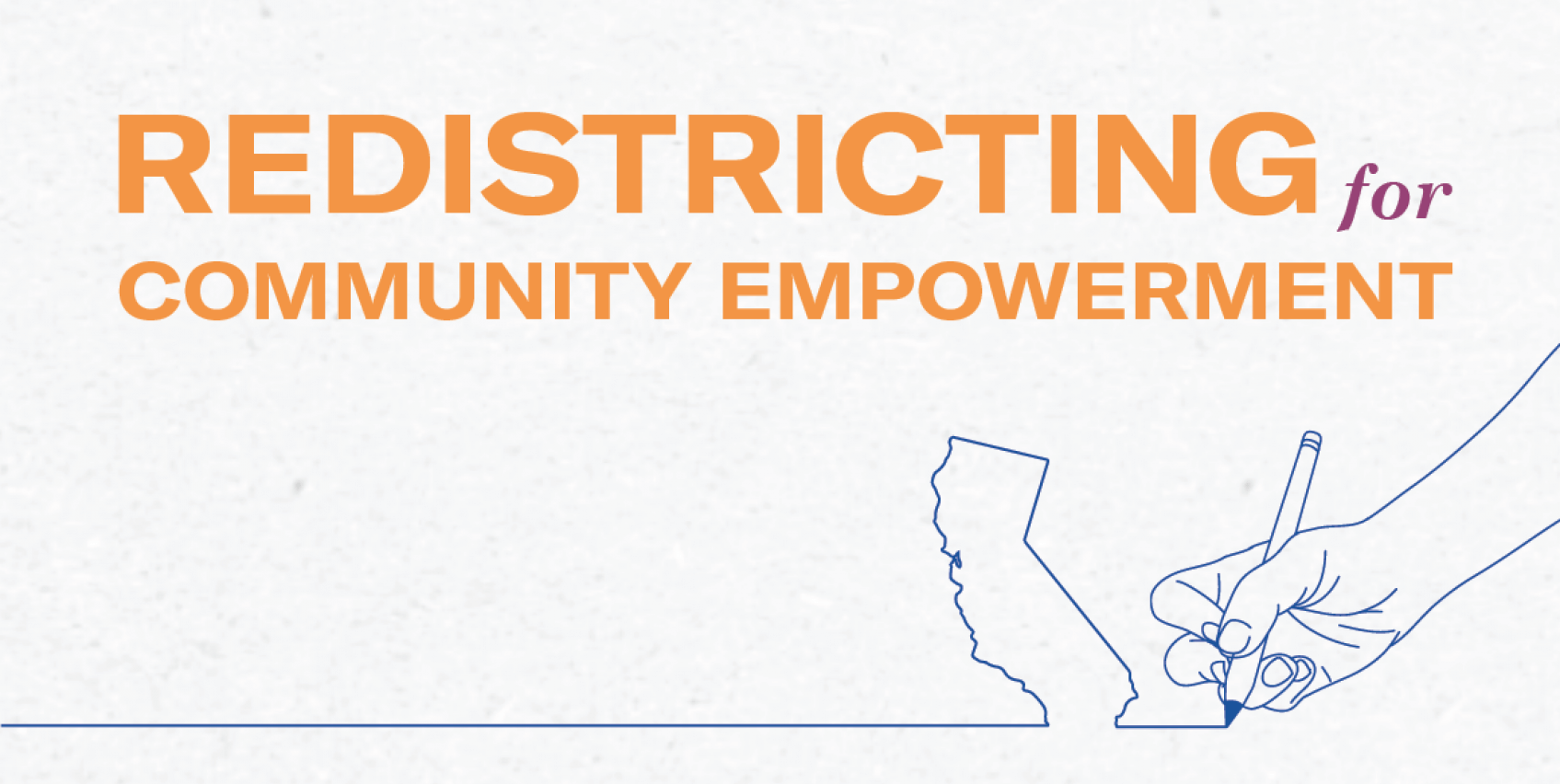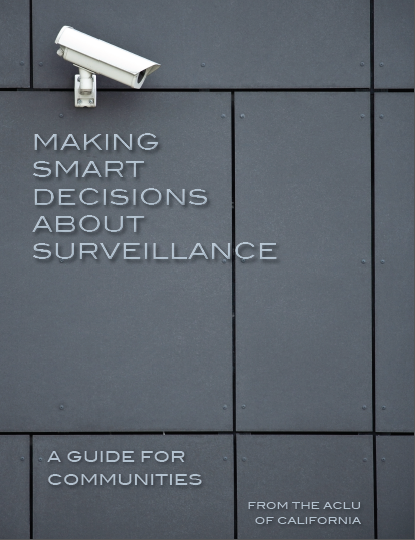A Legal How-To Guide
Our "2021 Redistricting For Community Empowerment: A Legal How-To Guide" is geared towards community-based organizations interested in engaging in the local redistricting process, but everyone can benefit from reading this guide.
The guide provides fundamental information, including:
- The rules of redistricting: The guide explains traditional redistricting principles (e.g. contiguity, communities of interest, compactness, etc.), the constitutional mandate that districts must be equal in population and the federal mandate that districts must comply with Section 2 of the federal Voting Rights Act. It provides an overview of techniques that are used to dilute the political power of racial, ethnic and language minorities, and also goes over the types of districts that can be drawn to empower historically disenfranchised communities.
- The redistricting process: The guide helpfully breaks down the different processes cities, counties, county boards of education, school districts, community college districts and special districts must or should follow as they engage in redistricting. The guide provides information about map adoption deadlines; new requirements for cities and counties, including public engagement and public hearing requirements; and mapping requirements.
- Case study on what a court may or may not accept as “compact.”
- Glossary explaining all those tricky redistricting and census terms.
Throughout the guide, we provide tips about how community organizations can best engage with the decision-making bodies and advocate on behalf of their communities. It's a legal how-to guide so it cites key cases and statutes and explains how different choices may be viewed by courts.
View the GUIDe
Date
Wednesday, April 21, 2021 - 3:45pm
Featured image
Show featured image
Hide banner image
Related issues
First Amendment and Democracy
Documents
Show related content
Tweet Text
[node:title]
Share Image
Type
Menu parent dynamic listing
Show PDF in viewer on page
Style
Standard with sidebar
Show list numbers
Surveillance is on the rise in our communities, but basic transparency, oversight and accountability remain the exception, not the rule. Police are spending billions of dollars on very sophisticated and invasive surveillance technology from license plate readers and cell phone trackers to facial recognition and drones. Too many of these programs are moving forward without public conversation, careful consideration of the costs and benefits or adequate policies in place to prevent misuse and protect rights.
As a result, surveillance may enable high-tech profiling, perpetuate systems of abusive policing and undermine trust in law enforcement, particularly in communities of color where police misconduct has been rampant and community relationships have been strained. It’s time for change.
Communities must be equal partners in any decision about the use of surveillance technology. They need to know when and why surveillance is being considered, what it is intended to do, and what it will really cost — both in dollars and in individual rights. They need to be certain that any proposal includes strong mechanisms for transparency, accountability and oversight.
This guide provides a step-by-step framework to approach surveillance proposals, properly evaluate their true costs and develop policies that provide transparency, oversight and accountability. It also includes dozens of case studies highlighting smart approaches and missteps to avoid. The guide concludes with model language for policymakers to adopt to make sure the right process is used every time a surveillance proposal is considered.
Date
Wednesday, November 12, 2014 - 1:15pm
Featured image
Show featured image
Hide banner image
Related issues
Privacy and Surveillance
Police Practices
Documents
Show related content
Tweet Text
[node:title]
Type
Menu parent dynamic listing
Show PDF in viewer on page
Style
Standard with sidebar

